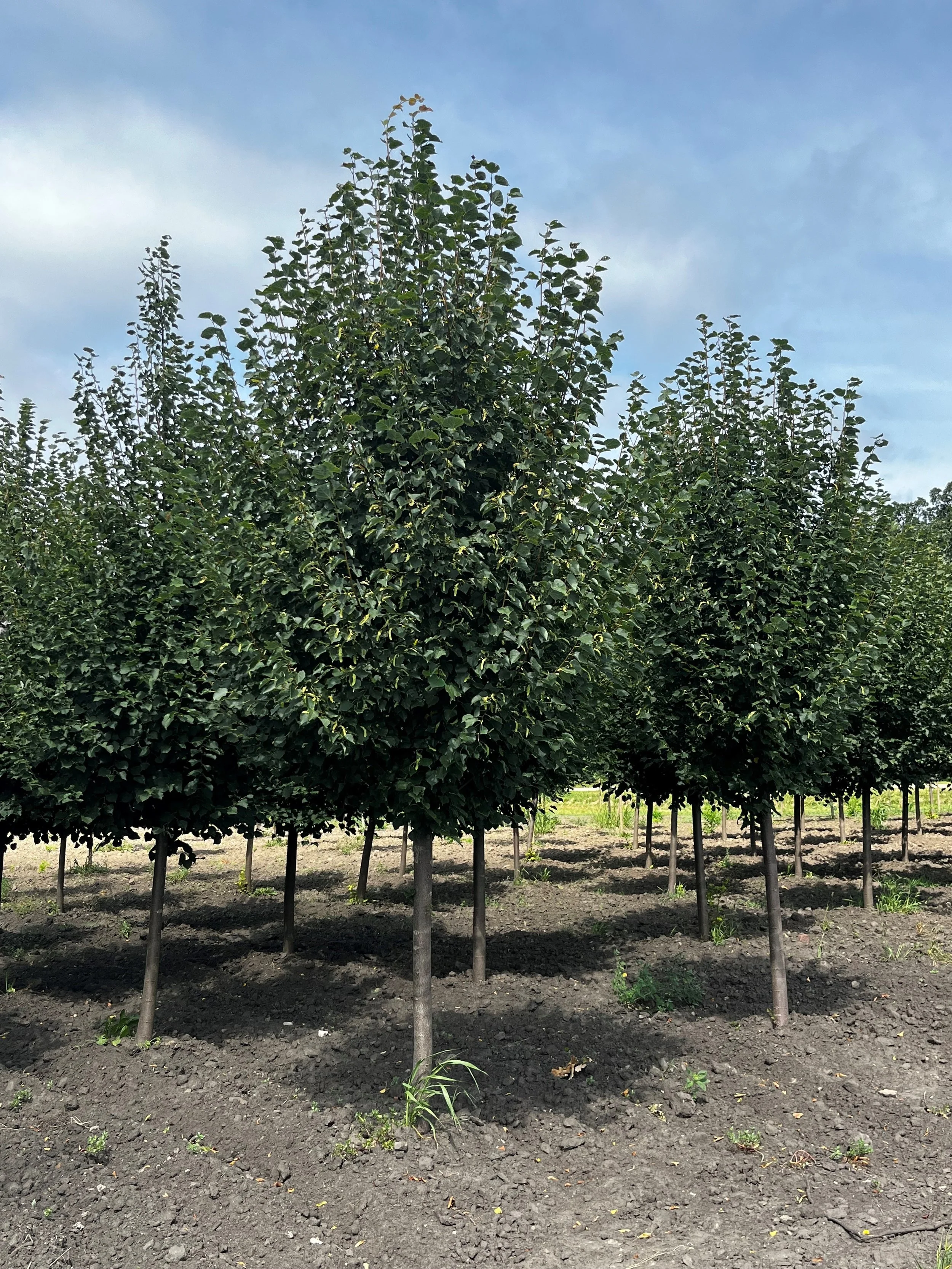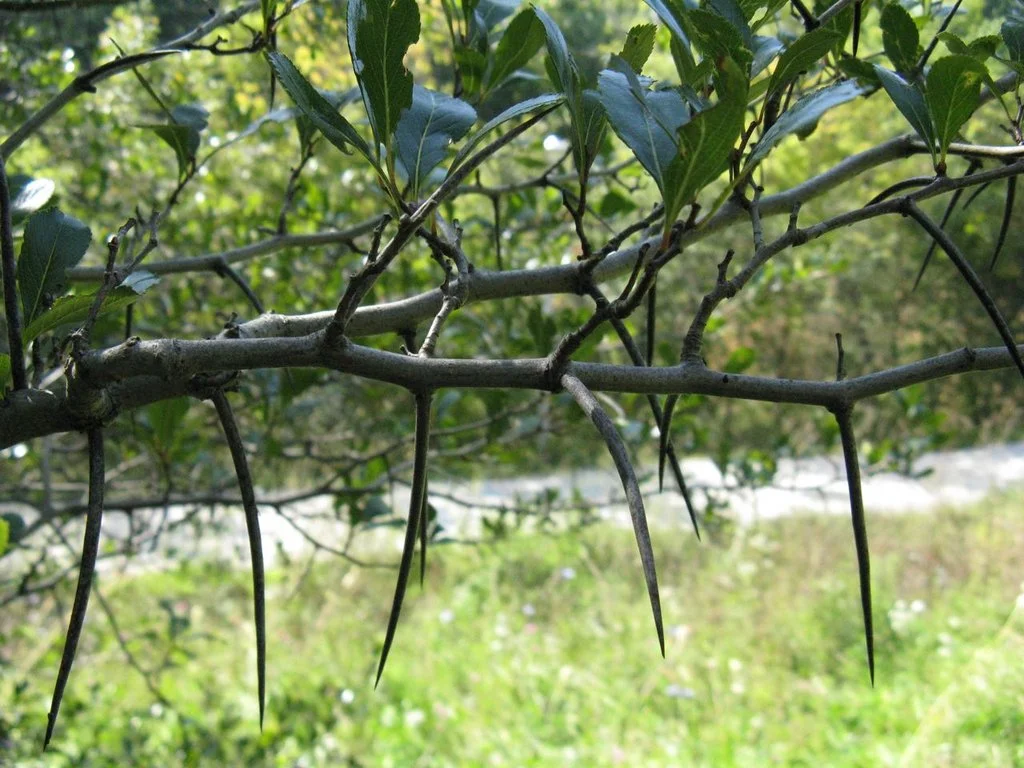What Does “Native” Mean?
Unraveling the Native Puzzle: Understanding the True Meaning of "Native" in Landscape Plants
When discussing landscape plants, the term "native" often comes up, highlighting the importance of incorporating native species into our gardens and green spaces. But what does "native" truly mean? In this blog, we will explore the concept of native plants in the context of landscaping, unraveling its meaning and shedding light on the benefits of incorporating native species into our landscapes.
Defining Native Plants: Native plants, in the context of landscaping, refer to species that occur naturally in a particular region or ecosystem without human intervention. These plants have evolved and adapted to the local environmental conditions over time, forming intricate relationships with the local wildlife, insects, and climate.
Environmental Adaptation: One key aspect of native plants is their ability to adapt to the specific environmental conditions of their native region. They are well-suited to the local climate, soil types, and precipitation patterns. Their adaptations make them resilient to weather fluctuations, pests, and diseases, reducing the need for extensive maintenance and inputs.
Biodiversity and Ecological Value: Native plants play a crucial role in supporting biodiversity and preserving the ecological balance of a region. They provide essential habitat and food sources for native wildlife, including birds, insects, and pollinators. By incorporating native species into our landscapes, we create a thriving ecosystem that supports a wide array of flora and fauna, contributing to a healthier and more sustainable environment.
Ecosystem Services: Native plants offer a range of ecosystem services that benefit both humans and the environment. They help improve soil health, prevent erosion, filter water, and mitigate stormwater runoff. Native plants also contribute to air purification, carbon sequestration, and the reduction of urban heat islands. By harnessing these ecosystem services, we can create more sustainable and resilient landscapes.
Considerations and Balance: While native plants offer numerous benefits, it is essential to strike a balance when designing landscapes. Not all non-native plants are invasive or detrimental to the environment, and some may even provide valuable ecological functions. Incorporating a diverse mix of native and non-native species, carefully chosen for their suitability and impact, can result in beautiful and functional landscapes that support biodiversity and environmental stewardship.
Understanding the true meaning of "native" in the context of landscape plants goes beyond mere geography. Native plants are a vital component of sustainable and ecologically responsible landscaping practices. By embracing native species in our landscapes, we can create vibrant and resilient spaces that harmonize with nature and contribute to the conservation of our natural heritage. Let's celebrate the unique beauty and benefits of native plants and cultivate landscapes that nurture both our well-being and the health of the planet.










